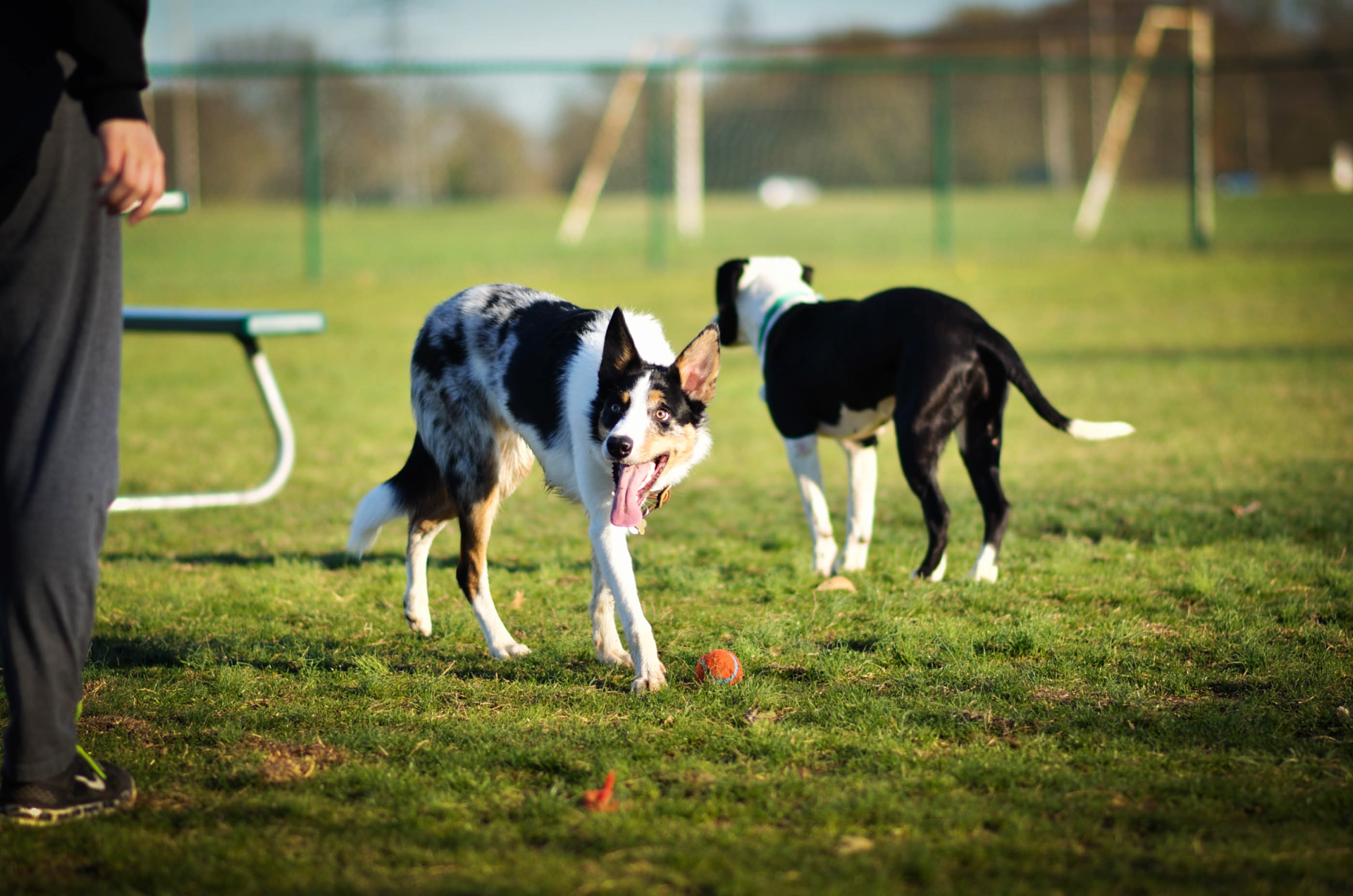Sudzee School
Sudzee Pups
Understanding your pets behavior

Dogs are wonderful creatures that bring joy and companionship to millions of people around the world. However, sometimes understanding their behavior can be a challenge. In this article, we'll explore some common behaviors that dogs exhibit and how to interpret them.
Body Language
A dog's body language can provide a lot of clues about how they're feeling. Here are some common body language cues to look for:
1. Tail wagging: Contrary to popular belief, a wagging tail doesn't always mean a dog is happy. A slow, low wag could indicate that the dog is nervous or unsure. A high, fast wag typically means the dog is excited or happy.
Ears: Pay attention to the position of a dog's ears. If they're forward, it could mean the dog is alert and interested. If they're pinned back against the head, it could mean the dog is scared or submissive.
Posture: A dog's posture can tell you a lot about their mood. A relaxed dog will have a loose, wiggly body. A tense dog will have a stiff, upright posture.
Eyes: The eyes can also provide insight into a dog's emotions. Dilated pupils can indicate fear or excitement, while narrow pupils can indicate aggression.
Vocalizations
Dogs use vocalizations to communicate with us and other animals. Here are some common sounds you may hear:
2.Barking: Barking can indicate many things, including excitement, fear, or aggression. A high-pitched bark can indicate excitement, while a deep, guttural bark could mean the dog is feeling aggressive.
Whining: Whining can indicate that a dog is in pain, scared, or seeking attention. Pay attention to the context to understand what the dog may be trying to communicate.
Growling: A growling dog is likely feeling threatened or defensive. It's important to give a growling dog space and not approach them.
Behavioral Cues
Dogs also use their behavior to communicate with us. Here are some common behavioral cues to look for:
3.Licking: Dogs may lick their lips or you as a sign of submission or to show affection. However, excessive licking can indicate anxiety or stress.
Jumping: Dogs often jump as a greeting or to show excitement. However, it's important to train your dog not to jump on people, as it can be dangerous and unpleasant for some.
Chewing: Dogs may chew on objects as a way to relieve stress or boredom. It's important to provide your dog with plenty of toys and mental stimulation to prevent destructive chewing.
Context
Finally, it's important to consider the context in which a behavior is occurring. A dog that is growling or barking while protecting their food or toy is displaying normal, protective behavior. However, a dog that growls or barks at a stranger for no reason could be exhibiting aggressive behavior.
In conclusion, reading dog behavior can be challenging, but paying attention to their body language, vocalizations, behavioral cues, and context can provide valuable insight into their emotions and intentions. With practice and patience, you can develop a better understanding of your furry friend and strengthen your bond with them.
Share
Tweet
Share
Mail
The Pet Parents guide

By Kristie Curcio
•
May 9, 2023
This blog post explores the concept of dog park hospitality and provides tips on how to create a friendly and inclusive environment for both dogs and their owners. Learn about the importance of keeping your dog under control, cleaning up after them, being friendly and approachable, and sharing resources and information to help foster a positive and supportive community at your local dog park.





